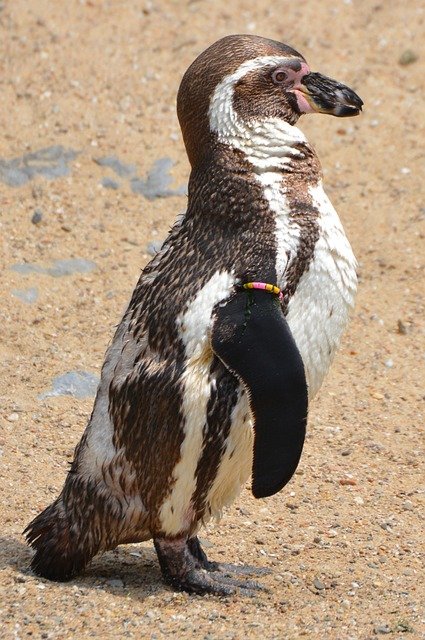**Title: "The Social Dynamics of Penguin Colonies: Cooperation, Communication, and Survival"**

The Social Dynamics of Penguin Colonies: Cooperation, Communication, and Survival
Penguins are fascinating social creatures that exhibit a variety of complex behaviors within their colonies. These behaviors are not only crucial for their survival but also highlight the intricate social dynamics that govern their interactions. In this post, we will explore the key aspects of cooperation, communication, and survival in penguin colonies.
Cooperation in Penguin Colonies
Nesting and Raising Chicks
One of the most remarkable aspects of penguin social dynamics is their cooperative breeding strategies. Many species, such as the Emperor and Adélie penguins, work together to build nests and raise their chicks. This cooperation is essential in harsh environments where food is scarce and temperatures can plummet.
- Shared Responsibilities: Both parents take turns incubating eggs and foraging for food. This division of labor ensures that one parent is always available to protect and warm the eggs or chicks.
- Colony Protection: Penguins often nest in large colonies, which provides safety in numbers. The presence of many individuals can deter predators and increase the chances of survival for the young.
Communication Among Penguins
Vocalizations and Body Language
Communication is vital in penguin colonies, as it helps individuals coordinate their activities and maintain social bonds. Penguins use a range of vocalizations and body language to convey messages.
- Vocal Calls: Each penguin has a unique call that helps them identify their mate or chicks in a noisy colony. This is particularly important during the breeding season when many individuals are present.
- Visual Signals: Body posture and movements also play a role in communication. For example, a penguin may bow or flap its wings to signal aggression or courtship.
Survival Strategies
Foraging and Food Sharing
In the harsh environments where penguins live, foraging for food can be a challenging task. Penguins have developed various strategies to enhance their survival.
- Group Foraging: Penguins often forage in groups, which increases their foraging efficiency. By working together, they can cover more ground and locate food sources more effectively.
- Food Sharing: Some species exhibit food-sharing behaviors, where one penguin will regurgitate food for its mate or chicks. This not only strengthens social bonds but also ensures that the young receive adequate nutrition.
Conclusion
The social dynamics of penguin colonies are a testament to the power of cooperation and communication in the animal kingdom. By working together, penguins enhance their chances of survival in some of the most challenging environments on Earth. Understanding these dynamics not only enriches our knowledge of penguin behavior but also highlights the importance of social structures in the animal world.
Whether you are a seasoned researcher or simply a penguin enthusiast, the study of these remarkable birds offers endless opportunities for exploration and discovery. Let’s continue to observe and learn from the incredible social lives of penguins!
